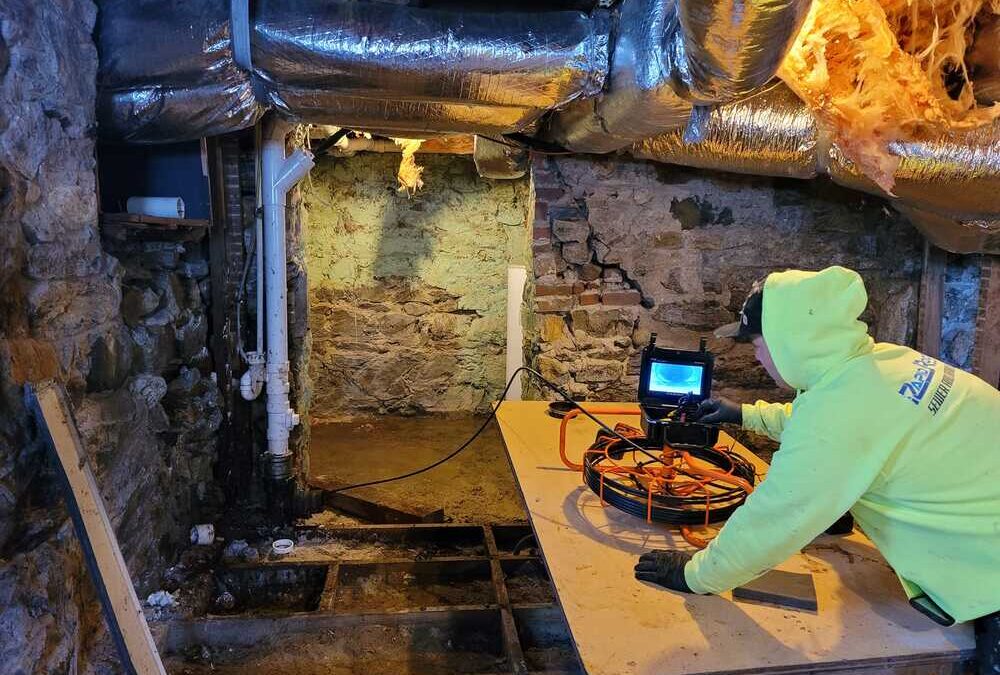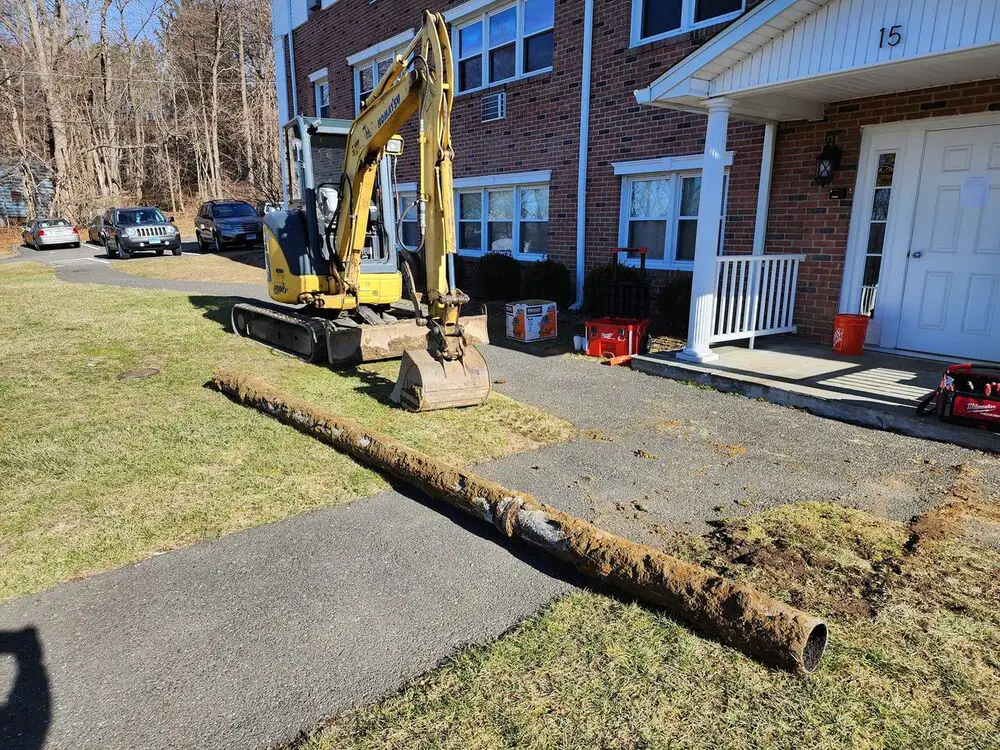Your drain pipes perform a lot of heavy lifting in your home, helping to transport wastewater and avoid obstructions. Pipes, like anything else, can wear out over time, break, or be damaged by tree roots or changing ground. Repairing a broken pipe may seem like a daunting chore, but sleeving techniques provide a straightforward, non-invasive alternative. If you’ve been wondering how to repair drain pipes without digging up your yard, sleeving might be the solution.
In this article, we’ll go over the fundamentals of sleeving, why it’s the best option for plumbing drain pipe repair, and how it works step by step.
What is Sleeving for Drain Pipes?
Sleeving, also known as Cured-In-Place Pipe (CIPP) liner, is a contemporary method of repairing damaged pipes without digging them up. This approach includes putting a flexible tube coated with resin into the damaged pipe. Once the liner is in place, it is inflated to fill the pipe and allowed to solidify, forming a new pipe within the existing one.
The sleeving approach is perfect for repairing pipes beneath roads, driveways, or manicured areas when older procedures would need extensive digging. It is a low-impact alternative that may be accomplished faster and with less mess than other drain pipe methods.
Benefits of Sleeving
Why is sleeving favored over the traditional repairing of drain pipes? Here are some advantages:
Less Disruption: Traditional trenching methods require digging up significant sections of your yard or driveway to reach the pipe. Sleeving requires just minor access points; therefore, your property is largely unaffected.
Cost-effective: While the initial investment may be larger than with traditional procedures, sleeving can save money in the long term. You will not need to repair your yard or driveway after the service is completed.
Quick Repairs: Sleeving takes less time to perform than excavating and replacing pipes. Most tasks may be completed in one day, depending on the length and condition of the pipe.
Durability: The new pipe generated by the resin liner is extremely robust and can last for years, providing a long-term solution to your plumbing issues.
Signs You Need to Repair Your Drain Pipe
Recognizing the early warning signals that your drain pipe may be compromised might help you avoid more costly repairs in the future. Here are several signs that it could be time to repair drain pipe parts of your plumbing:
- Slow Draining Water: If your sinks, toilets, or bathtubs take longer to drain, it might be due to a clog or pipe damage.
- Foul Smells: Bad scents emanating from your drains may indicate breaks in the pipe, enabling sewage to flow into the ground.
- Soggy or Lush Patches in the Yard: If you detect wet or unnaturally green areas of grass, water is likely leaking from a pipe beneath the surface.
If you see any of these indicators, act quickly to avoid more damage and more expensive repairs.
How Sleeving Works: The Process
Here’s a quick breakdown of how to repair drain pipe issues using sleeving.
Inspect and Clean the Pipe: The procedure begins with a camera examination to identify the damage and evaluate the condition of the pipe. Once the damage has been identified, the pipe is extensively cleaned to eliminate dirt, roots, and obstructions.
Insert the Liner: A flexible liner coated with resin is placed into the pipe. The liner is moved through the pipe under air or water pressure, and because it is flexible, it can readily navigate bends and curves.
Inflate and Cure the Liner: Once the liner is properly positioned, it is inflated until it pushes against the inner walls of the existing pipe. The resin covering then hardens, forming a solid, robust pipe within the old one.
Final Inspection: Once the resin has been set completely, a camera is utilized to check the new pipe and confirm that the repair was effective. Once everything checks out, the task is done!
When to Call a Professional
While some minor plumbing difficulties may be resolved on their own, plumbing drain pipe repair requiring sleeving necessitates professional knowledge and specialized equipment. Attempting this procedure on your own may result in greater damage and increased expenditures in the long term.
If you feel that your drain pipe is damaged, you should call a professional plumber who is familiar with sleeving processes. They can examine the issue and offer the best line of action for your specific scenario.
Let Rapid Rooter Handle Your Pipe Repairs
Rapid Rooter specializes in non-invasive plumbing procedures such as sleeving, which ensures that your pipes are repaired without the need to dig up your property. Our staff employs cutting-edge technology to examine, clean, and repair your pipes, ensuring a long-term solution that saves you time and money.
Do you need help with your drain pipes? Contact Rapid Rooter immediately to schedule an inspection. Allow us to complete your pipe repairs swiftly and effectively!


